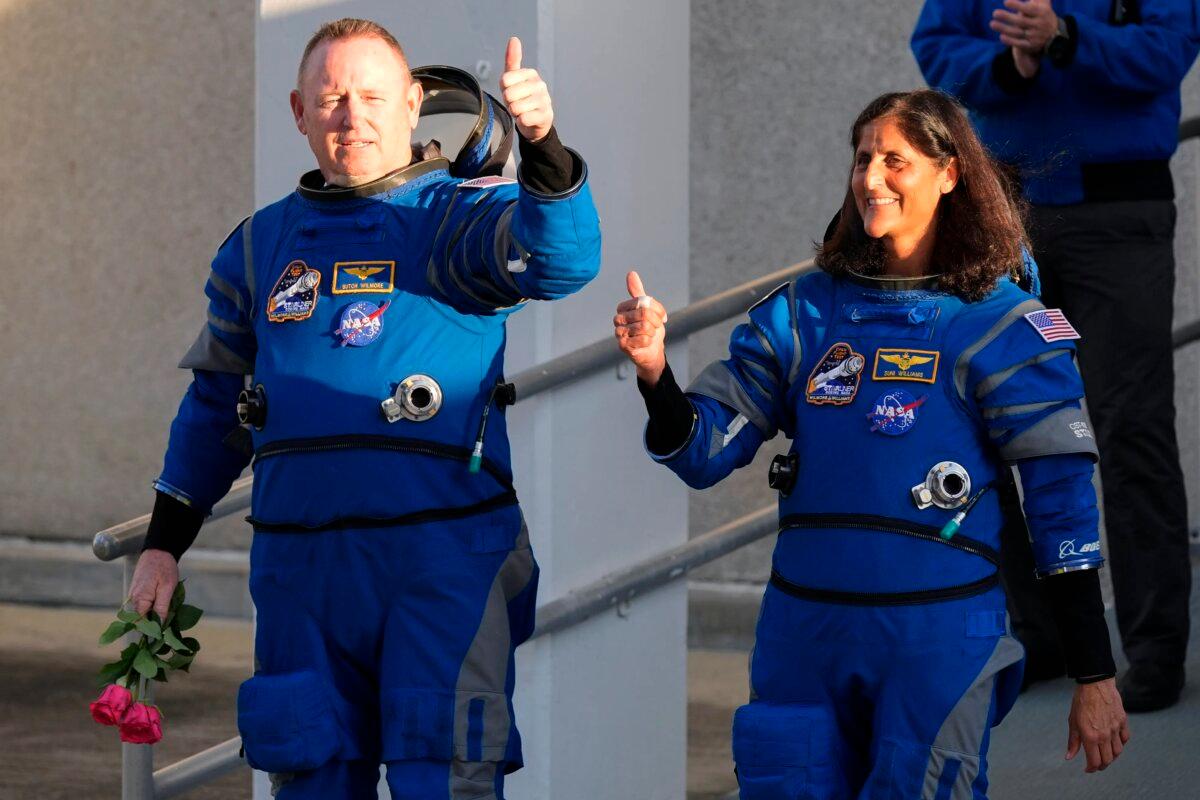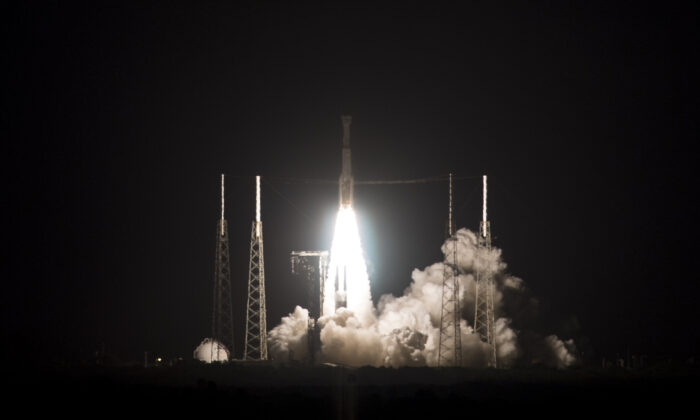The NASA Boeing Crew Flight Test to the International Space Station was postponed on Monday night due to a malfunction in the oxygen relief valve on the United Launch Alliance Atlas V rocket Centaur second stage during a preflight check.
NASA stated in a blog post that the mission would be delayed until at least Friday while the valve is retested and potentially replaced.
Astronauts Barry “Butch” Wilmore and Suni Williams were preparing for launch when they were informed of the delay.

NASA’s blog post mentioned that the astronauts returned to their quarters to await further instructions.
The rescheduled launch is set for 9 p.m. EDT on Friday pending the safety evaluation of the valve through data analysis.
If the valve replacement is necessary, the rocket will have to undergo repairs at ULA’s Vertical Integration Facility, pushing the launch to Sunday or later in the week.
Engineers have encountered the valve issue before and are familiar with it. The pressure relief valve exhibited unusual behavior, causing a buzzing sound due to repeated opening and closing attempts to seal itself.
For unmanned satellite missions, a workaround was used to address the problem, but a different approach is required for manned missions.
United Launch Alliance CEO Tory Bruno explained, “What you would typically do is activate a solenoid that forces the valve closed, cycling the valve, if you will… and it almost always stops. Once we had the crew off, we cycled the valve, and it stopped buzzing.”
“If this were a satellite launch, that is our standard procedure, and the satellite would already be in orbit,” Mr. Bruno added. “But that changes the state of the fueled Centaur, and we don’t do that when people are present. Our flight rules called for us to scrub and to remove the crew before cycling the valve.”
The valve is designed to open and close safely up to 200,000 times to maintain the correct pressure in the liquid oxygen tank.
Engineers are evaluating the number of cycles the valve has undergone to determine its suitability for launch.
Mr. Bruno reassured, “I promised Butch and Suni a boring evening. I didn’t mean for it to be quite this boring, but we’re going to follow our rules and ensure the crew’s safety.”
Boeing’s Starliner aims to compete with SpaceX’s Crew Dragon, which has successfully completed multiple missions to the International Space Station.
NASA supports both programs to provide redundancy and ensure access to the space station even if one of them encounters setbacks.
The Atlas V rocket has a flawless launch record with 99 successful flights, earning it the reputation of being an extremely reliable rocket. It can place the Starliner into a preliminary orbit in just 15 minutes.
The test flight will evaluate the Starliner’s ability to dock with the space station and test the capsule’s manual controls for the return journey to Earth.
Upon completion of the test flight, Wilmore and Williams will spend over a week at the space station with NASA astronauts and cosmonauts before returning. A successful test flight will pave the way for routine crew rotation missions to the space station on an annual basis.





